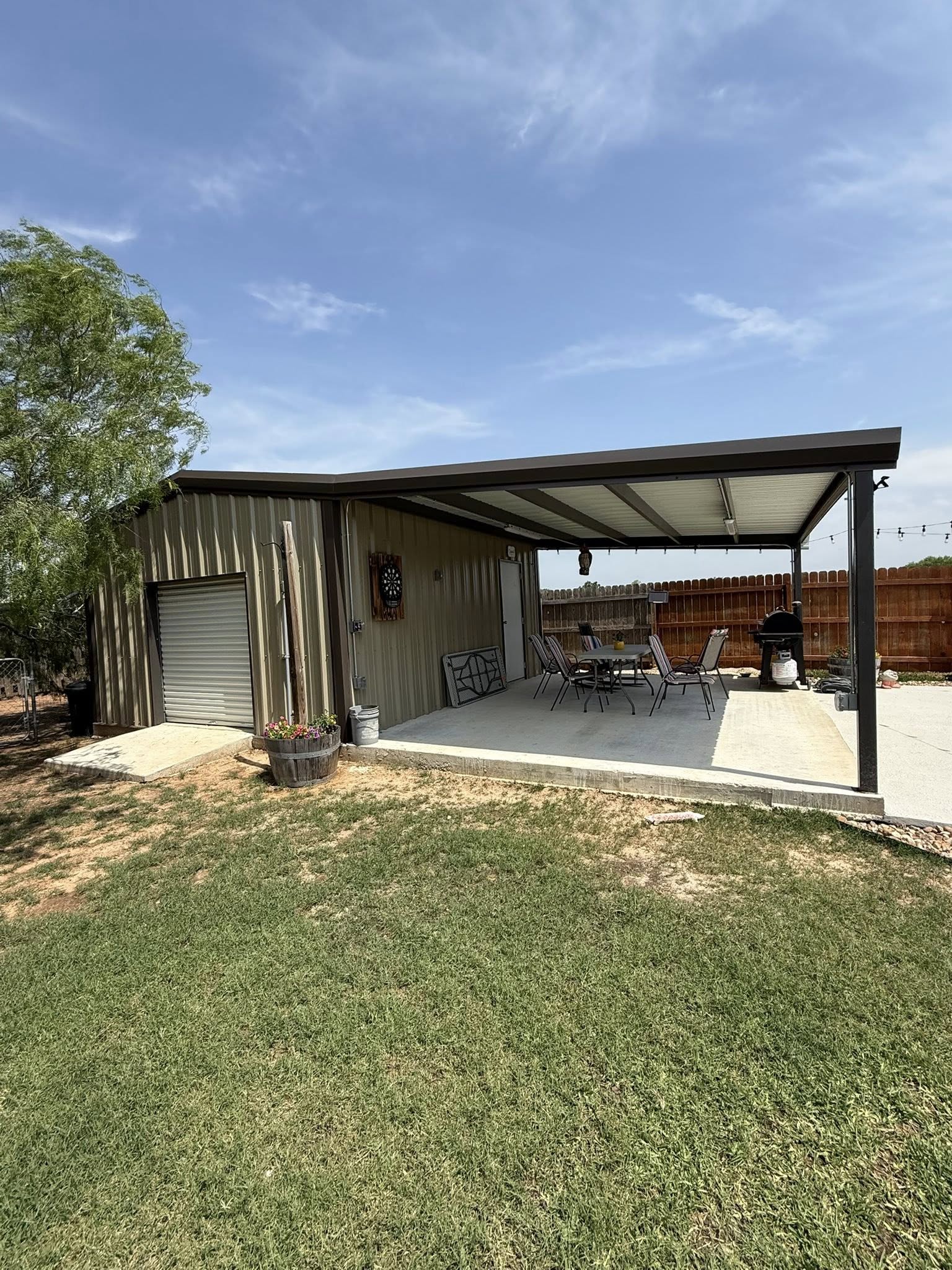
Mastering the Art of Welding: Techniques for Precision and Strength Oct 26, 2025
The foundation of exceptional welding begins with understanding the different types of welding processes. The most common ones include MIG (Metal Inert Gas) welding, TIG (Tungsten Inert Gas) welding, and Stick welding. Each of these processes has its unique strengths and suitable applications. For instance, MIG welding is ideal for beginners due to its ease of use and versatility, making it suitable for thicker materials. In contrast, TIG welding offers greater control and precision, perfect for delicate and thin materials, although it requires more skill and patience.
Before engaging in the welding process, preparation is key to achieving strength and precision in your welds. This begins with thorough cleaning and preparing the surfaces to be joined. Removing any rust, paint, or oils will ensure better fusion and prevent defects. Proper alignment and fit-up of the parts cannot be overstated, as misalignment can lead to weak welds that compromise structural integrity.
A critical aspect of welding is maintaining the correct electrode angle and travel speed. Holding the welder at the appropriate angle for each specific technique ensures a consistent weld bead and proper penetration. The travel speed should be steady to avoid overheating or undercutting, which can weaken the weld. Consistent practice helps in developing a steady hand and eye coordination necessary for perfect weld beads.
Heat management is another crucial factor in welding. Excessive heat can cause warping or burn through the material, while insufficient heat may result in weak joints that do not properly adhere. Understanding the heat settings appropriate for the material thickness and type is essential. Welding thin materials often requires lower heat settings, whereas thicker materials may require more robust settings to ensure penetration.
A significant but often overlooked aspect of welding is the importance of personal protection. Safety gear, including helmets, gloves, and protective clothing, should always be worn to safeguard against burns, electrical shock, and harmful fumes. At Roadrunner Welding & Construction, we emphasize the importance of safety to protect not only the welder but also the integrity of each project.
Post-weld inspection is a vital step to ensure the quality and strength of the weld. Checking for any defects such as cracks, porosity, or undercutting helps in identifying areas that need reworking. It's a good practice to perform non-destructive testing methods wherever applicable, providing assurance that the welds meet the required standards.
In conclusion, mastering the art of welding requires a balance of technical knowledge, practice, and dedication to quality craftsmanship. By understanding the different processes, focusing on preparation, refining techniques, and adhering to safety protocols, one can achieve strong, precise, and reliable welds. Roadrunner Welding & Construction is committed to providing continued education and support to our clients and community, enhancing skills and fostering a culture of excellence in welding. Remember, the road to mastery is a journey, and with each weld, you become a little more skilled and closer to achieving perfection in your craft.
/filters:no_upscale()/filters:format(webp)/media/6834f5da-dac1-4864-83c7-5969557166ee.jpeg)